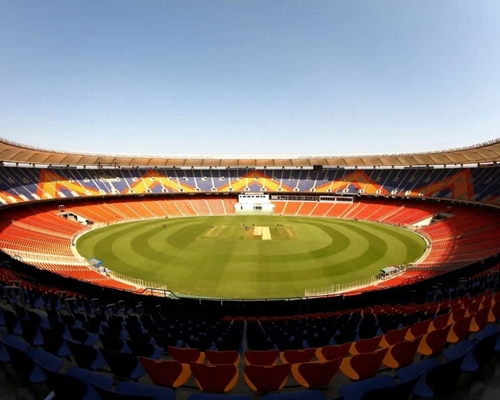
A public sphere that is deeply rooted in communalism which constantly creates an ‘other’ as its enemy from within is deeply problematic.
The recently concluded cricket world cup is in a way a blessing in disguise for certain politics of hate which was earlier sensationalized, but now successfully containerized. The anger meted out at Mohammad Shami is a simple example of how communal and content less Indians today have become. Forgetting whatever has been achieved in history and judging an individual simply based on one’s mistake is a classic example of a present which absolutely never carried any history with them. After all politics of hate that is deeply communal will never have or can ever create any history too. Having said that let us analyze the current public sphere of India.
However before we get into the idea of ‘public sphere’ in empirical sense let us just explore its academic foundations largely conceptualized through Jurgen Habermas who himself have today lost clarity as to what ‘Public Sphere’ really means. The reason for saying why he himself has lost clarity is simply because of his blind support to Israel who is continuing to kill children who are the future generation of any nation. In a way it can be also discerned that anybody supporting Israel are nothing but mere supporters of genocide. So the idea of a love for future generation basically dissolves right there where public sphere in itself experiences a deliberate shrink. So a Habermas critique of public sphere is not what I am talking about here but a public sphere that is deeply rooted in communalism which constantly creates an ‘other’ as its enemy from within which is deeply problematic is what defines the public sphere of India today. Habermas defined public sphere as a domain of social life where public opinion can be formed. It can be seen as the breeding ground.
The recently concluded India’s run for its world cup created multiple breeding grounds. But the main breeding ground for contestation that is to be taken is definitely the violence meted onto Mohammad Shami the 5 wicket haul taker. Putting him in bench for a long time and finally rising to a situation taking India towards the final is beyond any appreciation or monetory value. But what did we do to him? What I am trying to pose here is neither in particular on Shami or the Prime Minister going and hugging Shami but a larger point of how performances represent to the outside crowd, and more so if it is via technological reproducibilities.
Performance Culture and Public Sphere
Public opinion in a public sphere most of the time dissolve with a performance of care or love or a pat on the back which can stimulate the sportsmanship of anybody. The recent decision of the honourable Prime Minister of India to go to the India cricket team’s dressing room was one of a kind. A highly appreciable one, where the camera always already makes him a winner to the viewer’s eye, despite country losing. This is nothing but a continuation of politics by other means because the links between representations of emotions and the constitution of socio-political meaning gets to the heart of a key concern of international relations: the issue of power. Emotions – the ways we feel and why we do so in the circumstances we do – are inevitably shaped by dominant political discourses and the entrenched interests that are associated with them.
In short, representational practices are central to – and an ideal starting place for – examining the collective politics of emotion. Emma Hutchinson states that representational practices provide a pathway through which emotions acquire (and, indeed, always already possess) a collective dimension and, in turn, shape social and political agency, behaviours and policies. When the performances of Indians at the world cup dominate almost anywhere in the public sphere (here I mean both physical and virtual (digital reproducibility)) what becomes common to the human eye is the defeatless run of the men in blue. A walk through the Chinnaswamy Stadium ensured the spirit of cricket survived but perhaps such a spirit was seen to be a little less when teams other than India played. Where did the public sphere go?
Did it get dissolved with the ticket price or Nationalism? In other words, the love for cricket is not really the love for cricket, but it is also the love for the nation which is absolutely fine. But nation do not define the government nor does the government define the nation. A simple answer to the game of nations would be what Benedict Anderson calls ‘Imagined Communities’. Everything is perhaps in this sense an imagination. In other words, established territories are nothing but imaginations of how a nation should be formed and hence can’t we not also say that isn’t winning or losing through taking sides of a nation also an imaginary one?
∎